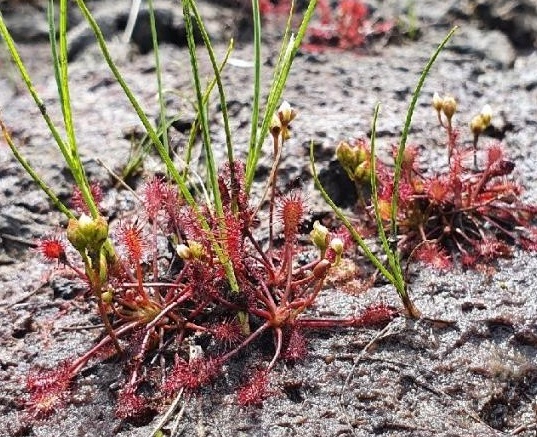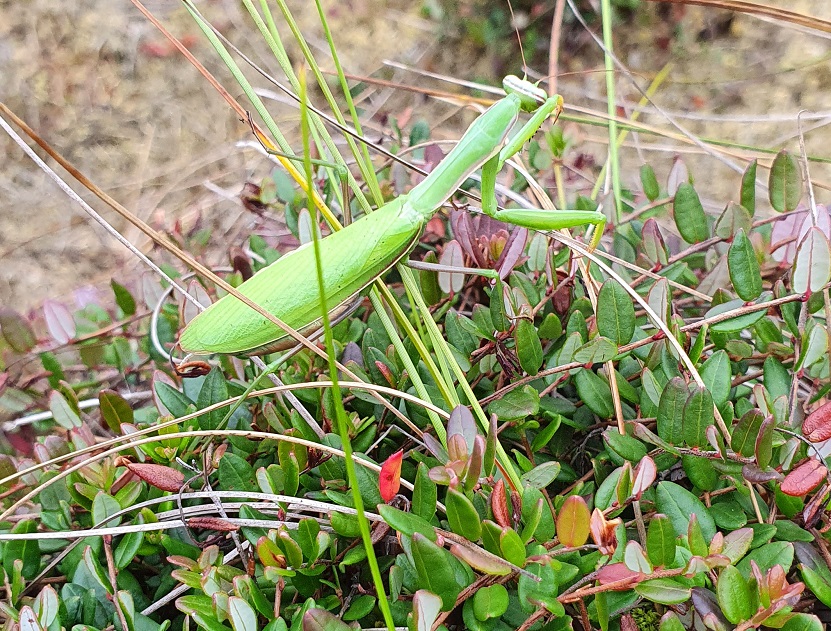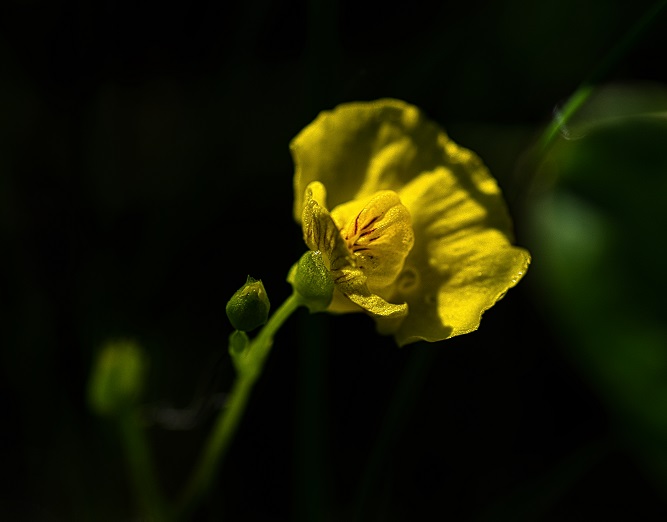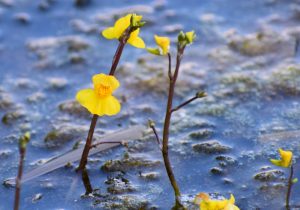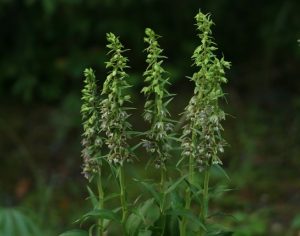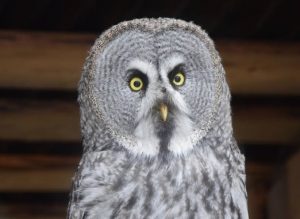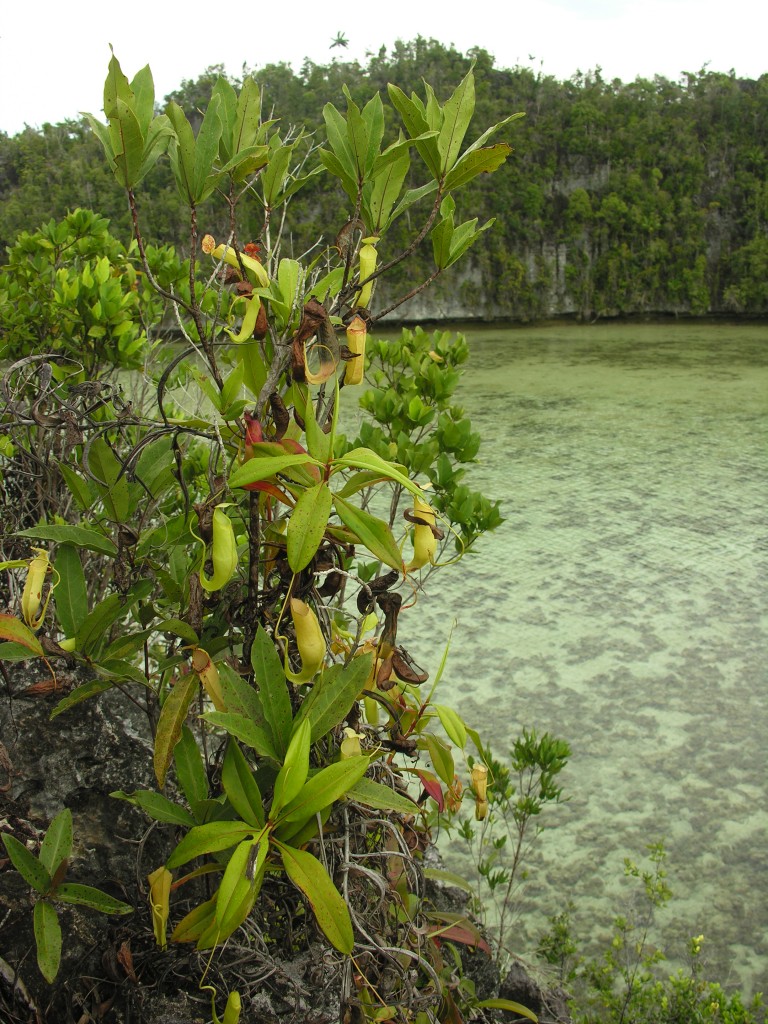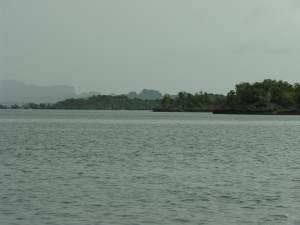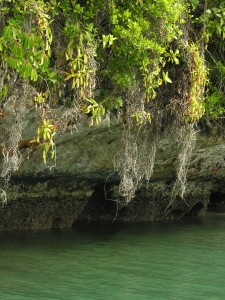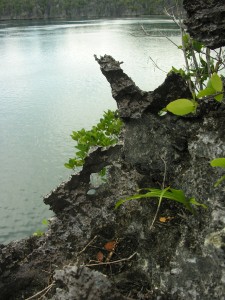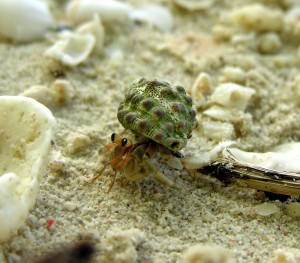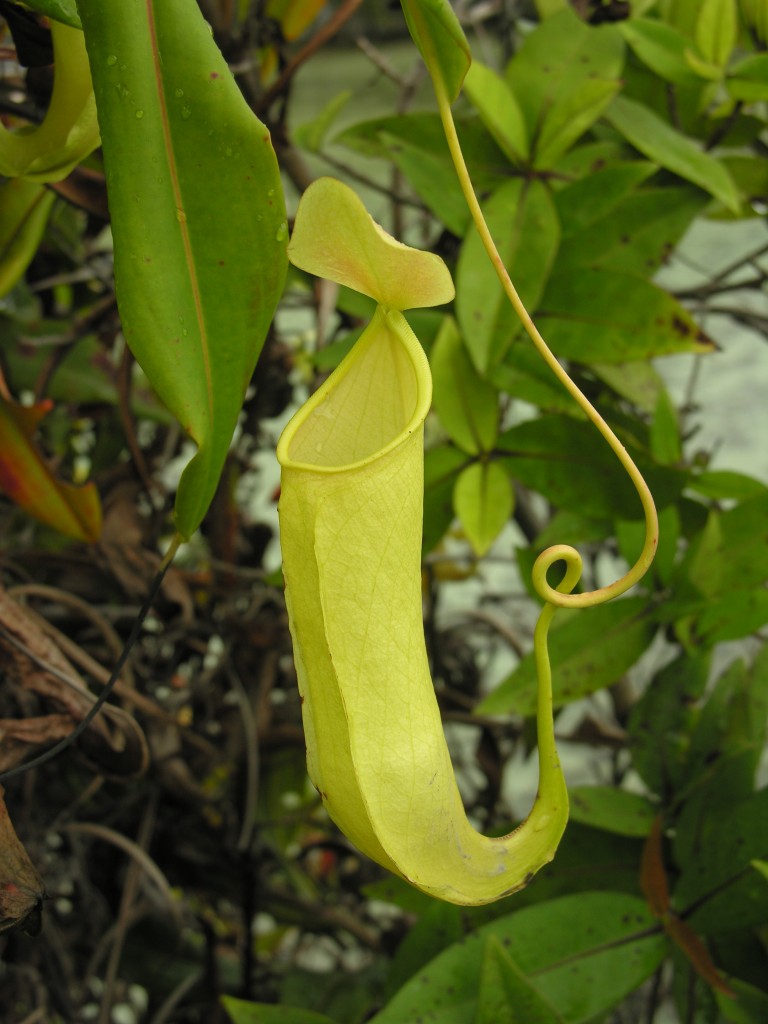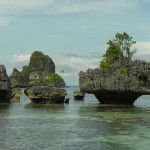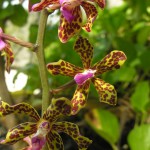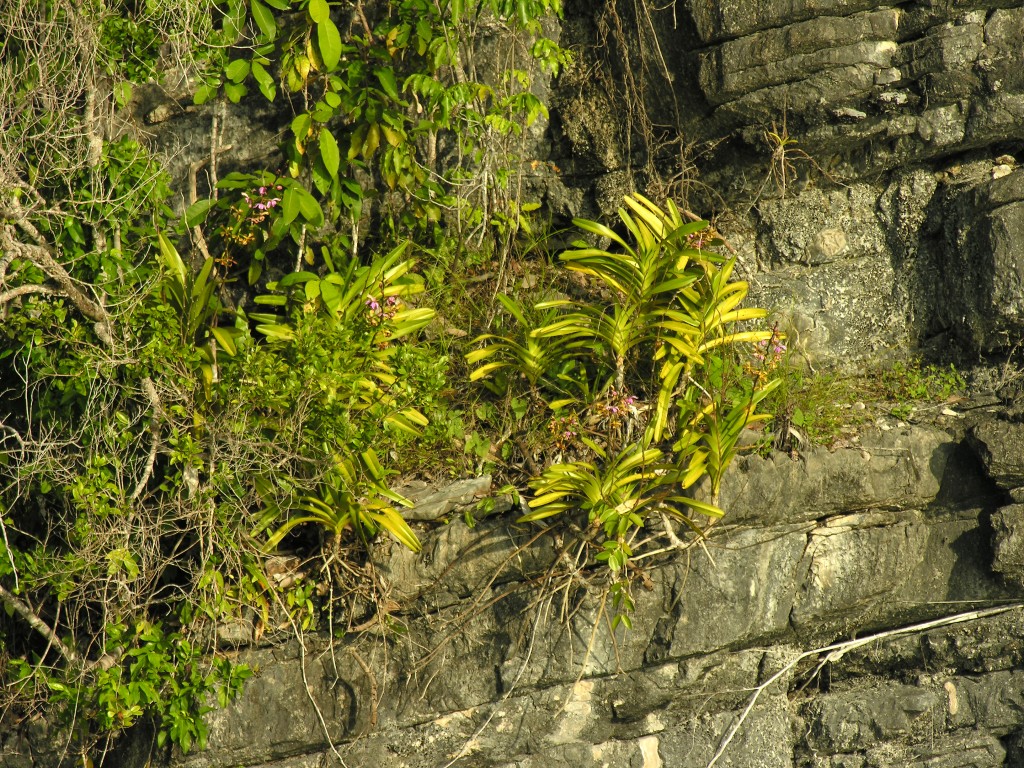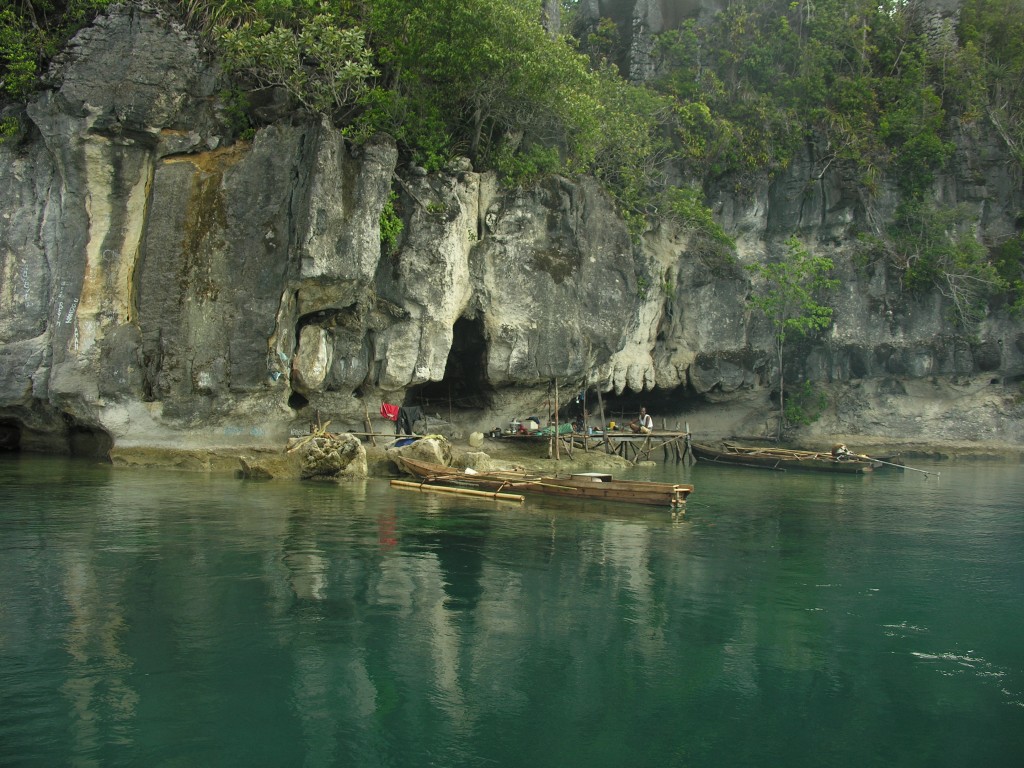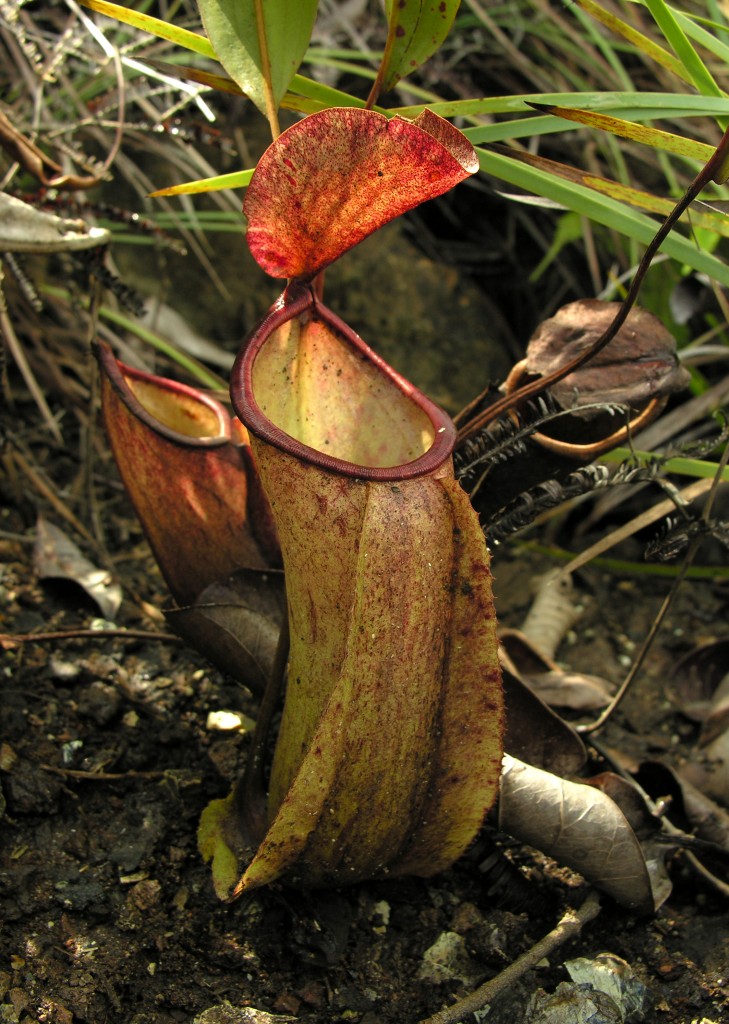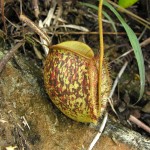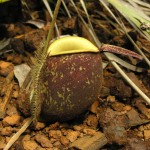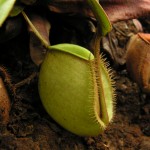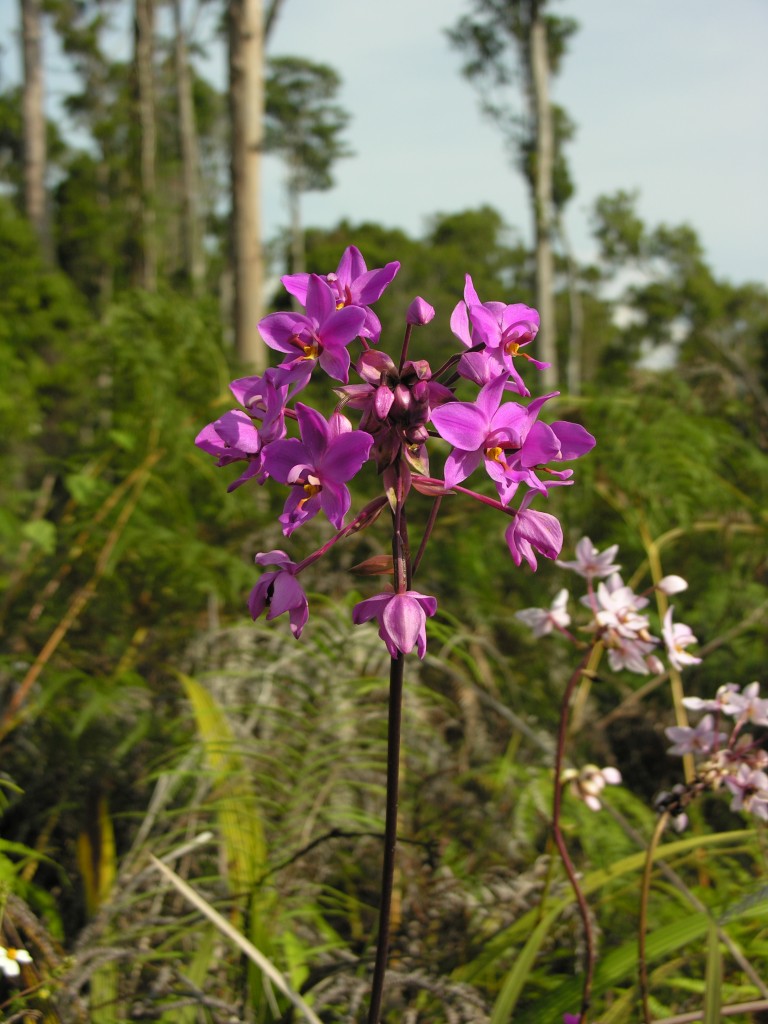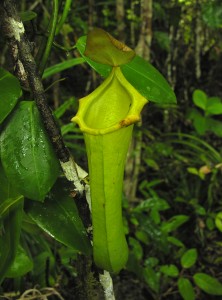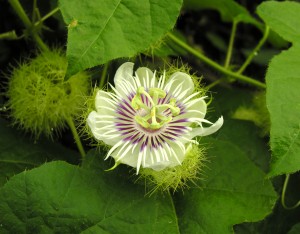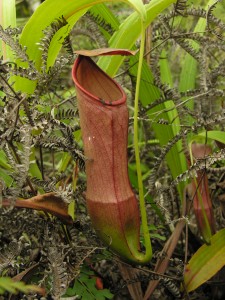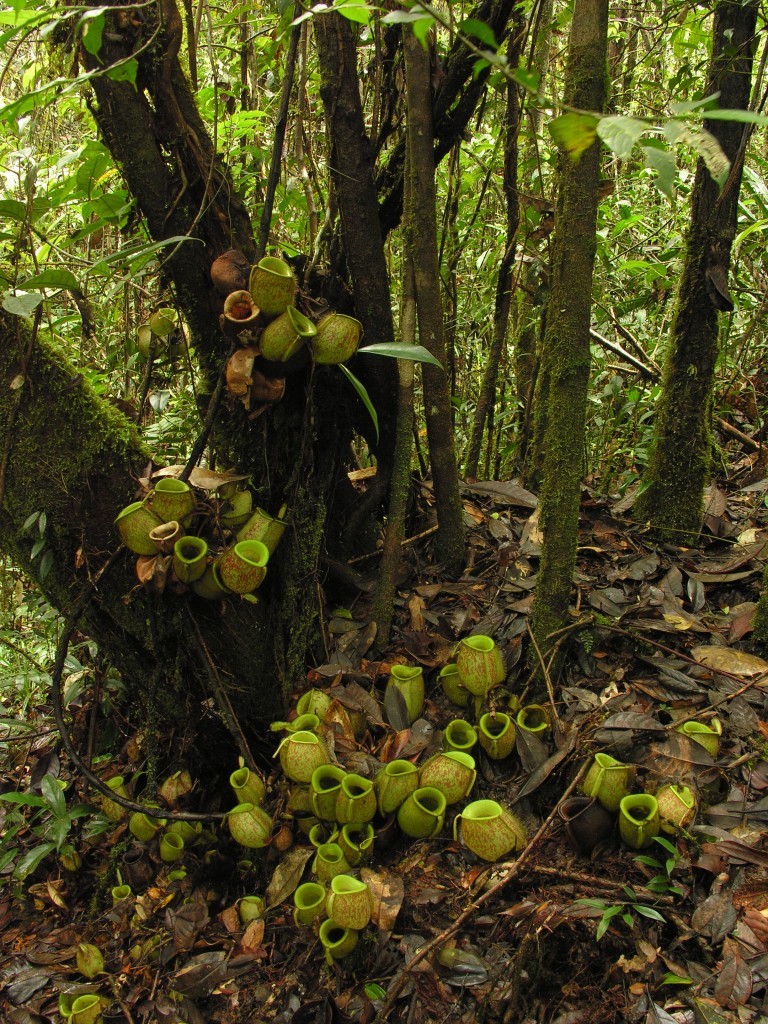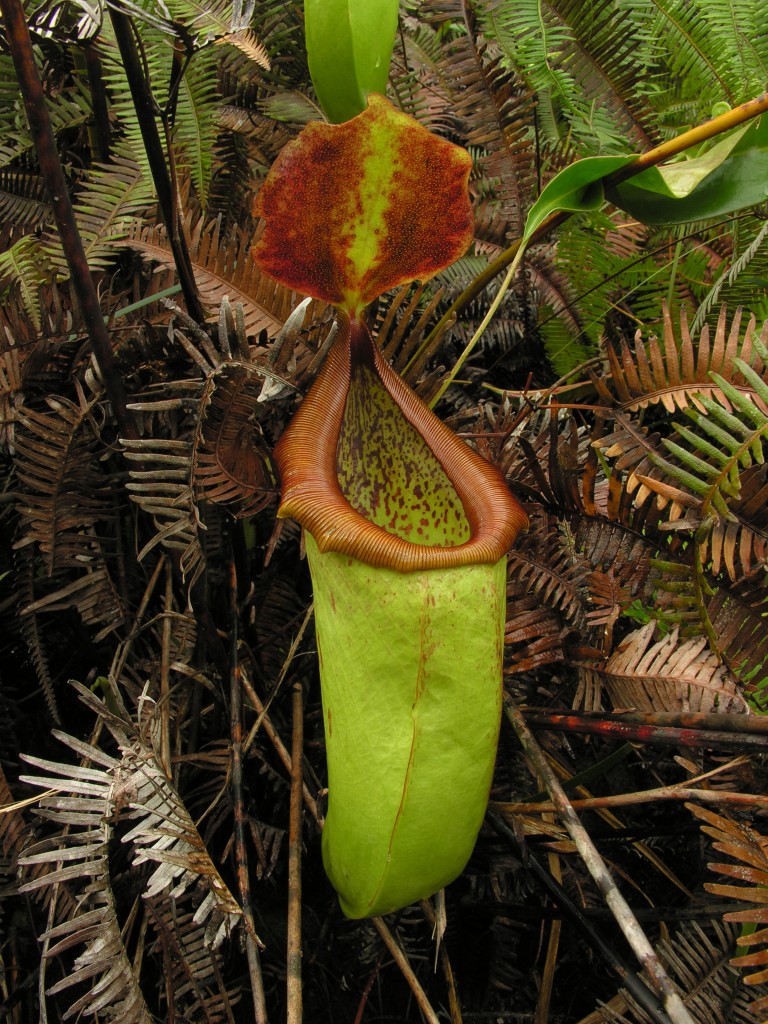In December 2007, I had the opportunity to visit the province of Papua as part of a research assignment organized by Trubus to study the little known species of pitcher plants (Nepenthes) of that part of Indonesia.
The island of New Guinea is the second largest island in the world. Located to the north of Australia across the Torres Strait, New Guinea is a land of remarkable diversity of its peoples, plants and animals. It constitutes less than 1 % of the total land mass of our world, however is home to 10% of the total number of species on the planet, so represents a region of extraordinary natural wealth. The island is divided approximately in half, the western part comprises the Indonesian provinces of Papua and West Papua whereas the eastern half consists of the independent country of Papua New Guinea.
I traveled to Papua with two friends, Argohartono Arie Raharjo (from Trubus) and Alfindra Primaldhi (an independent research). Our first goal was to visit the island of Misool off of the west coast of Papua, as a rare pitcher plant – Nepenthes treubiana – was reported to grow on the limestone cliffs of the island just a few meters above the salt water. Such habitat is extremely unusual for pitcher plants, although is known in a few other species (Nepenthes mirabilis growing in Micronesia and Nepenthes merriliana growing in the Philippines) and so we were eager to establish whether the reports were true. We started our journey by flying to the industrial city of Sorong, located on the west coast of Papua. In Sorong, we set about organizing transportation to travel to Misool and hired a local fishing boat to bring us to the remote island to which we needed to travel. The following morning, at sunrise we departed and glided across the ocean traveling south west towards the island of Misool. Whilst close to the mainland the water was calm however as we proceeded further from the coast, a swell grew which was worsened by the onset of a heavy rain storm. Eventually, after six hours, we saw the silhouette a series of spectacular islands rising abruptly out of the water on the horizon – our destination – the islands of Misool.
Slowly we approached the islands on the horizon, the depth of the water decreased steadily and eventually we glided over crystal clear shallow water, through which we could see an intricate carpet of beautiful coral. The reports we had encountered, suggested that the pitcher plants grow directly on the cliff sides of the islands, so we immediately set about to search for the plants we had come to study.
We ventured into coves and searched between islands and after an hour or so, we spotted the first Nepenthes plants growing directly on the side of the cliff. As we continued, we found many more populations of the plants, and being eager to study them, we brought the boat ashore against one of the cliffs and I jumped out and climbed up the cliff side. Much of the geological composition of Misool consists of limestone laid down by ancient coral reefs. The cliffs of the islands of Misool are extremely jagged and uneven (which is why substrate can accumulate and the pitcher plants can grow there). In order to climb the cliffs, I had to climb over many series of extremely sharp and often serrated blades of rock, which made maneuvering on the cliffs extremely difficult. Slowly and awkwardly I ascended the cliff and eventually I reached the plants growing above.
The pitcher plants we had found produce delicate, cylindrical pitchers up to 25 cm in length and consistently bright yellow in colour. It was immediately clear that the plants we had found were not Nepenthes treubiana – the shape and structure of the plants leaves, pitchers and flowers differed from that species. The plants we found also were not Nepenthes danseri or Nepenthes papuana the only two other Papuan species with comparable morphology and it is now clear that the Misool plants represent a new taxon, possibly a new species.
Since we had traveled to Misool to photograph and study Nepenethes treubiana – a spectacular pitcher plant with large robust, red pitchers – we continued exploring the coves and islands of Misool and found that the new Nepenthes we had already observed are extremely common across the cliff sides of the island. We landed on the shores of several islands to explore inland a little way and while we encountered no Nepenthes among the costal rainforest that covers Misool, we did find that the beaches and surrounding vegetation was home to a multitude of small hermit crabs which we observed frequently climbing across plants and trees.
The limestone islands off Misool are mostly heavily eroded and in most cases, the erosive action of the sea has undercut the limestone cliffs so that a clear notch is carved in the rock face at the waterline. This heavily eroded environment is excellent habitat for a multitude of orchids, however especially species of the genus Vanda which have adapted to growing in environments with little substrate that are chronically deficient in nutrients, minerals and often water too.
On the cliffs of many of the islands surrounding Misool, we observed a spectacular species of Vanda belonging to the subsection deltoglossa hanging in precarious positions, rooted directly to bare rock. We encountered and observed this species frequently, and often plants bore spectacular flowers which consisted of pink and yellow petals that were variably mottled with purple blotches. We eventually laid anchor and spent the evening on the boat off shore.
The following morning we awoke early and continued our search for Nepenthes treubiana – the species we intended to find. For several hours we encountered large and often beautiful populations of the new species of Nepenthes draped across the sides of the cliff, often very close to the seawater, however we could not find any Nepenthes treubiana plants.
For the remainder of the day we stopped off to ask local people of fishing villages dotted along the coast of Misool whether they had previously encountered a pitcher plant with large red pitchers. We also asked fishermen we found camped in a cover, however unfortunately no one knew of the plant growing on Misool. Possibly the reports which we had received had mistaken the new species of Nepenthes which we had observed for Nepenthes treubiana. Low on fuel we were forced to return and eventually we began the long return journey back to Sorong, happy at least having observed a new species of pitcher plant.
Our next goal was to study and photograph a little known pitcher plant found only on mainland Papua, appropriately called Nepenthes neoguineensis. This plant is common to the south of Jayapura, the capital of the province, however has been little documented in its natural habitat ever since its discovery. Two days after returning to Sorong, we flew to Jayapura and traveled south to find the habitat of this plant. The following day we explored a coastal forest close to the border with Papua New Guinea and encountered a spectacular population of Nepenthes neoguineensis plants. This species is noted for producing spectacular pitchers up to 30 cm long that are lined with two prominent, fringed wings which run down the front of the plant’s pitchers in a most conspicuous manner. We found that this little documented pitcher plant is extremely variable, some specimens consistently produce pitchers that are short, stout and squat, while in other strains, the traps are consistently elongated and narrow.
Almost all species of Nepenthes produce two types of pitcher – the so called ‘lower pitchers’ rest on the ground, whereas the ‘upper pitchers’ are produced as the plant climbs and forms a vine. The lower pitchers of Nepenthes neoguineensis are consistently reddish purple and generally quite inconspicuous, while the upper pitchers are more funnel shaped, usually bright yellow and are very beautiful. We found a few specimens which produce pure red upper pitchers too – a form of the species that had not previously been documented.
We continued to explore the habitat of Nepenthes neoguineensis and soon found another pitcher plant, Nepenthes ampullariawhich produces squat generally cylindrical pitchers that are usually up to 7 cm tall and normally rest on the ground. While this species is widely distributed across South East Asia, one of the Papuan forms is noteworthy and unique in that it produces pitchers that are marked with three different colours.
We found this rare, so called ‘tricolour’ form and observed that indeed, the yellowish green pitchers were also marked with dark purple blotches and also variable bright red blotches. Further into the habitat of Nepenthes ampullaria we found a spectacular form which produces pitchers that are predominantly pure reddish brown expect for small green flicks on the body of the pitcher. This form too is known only in Papua.
Lastly we also found plants of Nepenthes ampullaria that produce pitchers that are pure yellowish green in colour – this being the form which is common across the species’s wide range although interestingly, it is rare in Papua.Growing amongst all of the pitcher plants, we found large numbers of orchids of various genera growing amongst Gleichenia ferns and spectacular Pandanas trees.
After spending several hours studying the pitcher plants, we eventually returned to Jayapura and two days layer caught a flight to the island of Biak, located off the north coast of mainland Papua. Biak is famous for being home to Nepenthes insignis Papua’s largest species of pitcher plant. The population of Nepenthes insignis on Biak are notably smaller than the mainland population, however still can produce spectacular pitchers up to 30 cm in length. On arriving in Biak, we traveled to the south east corner of the island and explored the coastal rainforest which grows along the coastline of that part of the island. In this forest habitat, Nepenthes insignis is reported to be common, and it was notlong before we found spectacular plants. Unfortunately poachers had illegally collected and killed many of the plants in their natural habitat as pitcher plants, with their spectacular foliage, fetch increasingly high prices by horticulturalists keen on growing them. We found a few specimens that had survived the poachers and these bore spectacular pure yellowish green pitchers produced mainly at the canopy level of the forest.
The following day, we departed Biak and flew to Nabire on the last leg of our expedition. From Nabire we intended on proceeding inland to photograph and study the mainland form of Nepenthes insignis which is larger and more spectacular than the Biak form. After one day of planning and organizing, we hired a jeep and journeyed inland on the rough track that links Nabire with Enarotali. We passed through ideal Nepenthes habitat and soon encountered spectacular pitcher plants. We first encountered considerable numbers of Nepenthes mirabilis – the most widely distributed of all pitcher plants, found from Southern China to Australia and almost everywhere in between. Nepenthes mirabilis is extremely variable in the wild, and we saw plants with pure red, pure yellow or orangish pitchers. The Papuan form of this species is particularly spectacular and show and produces pitchers up to 30 cm in length which is twice the size of the form found on Borneo and Sumatra.
Growing amongst the Nepenthes mirabilis plants, we found many Passiflora foetida plants – a passion fruit which unusually produces glandular sepals. The sepals are lined with long stalked tentacles which secrete resin and it had been suggested that this plant may be carnivorous, but this has been conclusively proven not to be the case. It is now clear that the resinous glue of the sepals of Passiflora foetida are instead a defense mechanism to deter insects from preying on the plants flower and in particular, the pollen.
We continued inland and soon found extensive stands of Nepenthes ampullaria. Unlike the Nepenthes ampullaria plants which we had found earlier, the plants we now encountered produced spectacular massive pitchers in excess of 10 cm in length. Nepenthes ampullaria grows vigorously in dense shade on the rainforest floor, and the population of plants we found were growing amongst dense trees and had produced spectacular clusters of pitchers both on the ground, and along the plants’ climbing stems, some of which were suspended in the air. All of the plants which we encountered produced pitchers that were green in colour and mottled with red or purple blotched – this colouration is the most common for the species overall across its wide geographic range.
Growing nearby the Nepenthes ampullaria plants, we encountered magnificent specimens of the mainland form of Nepenthes insignis which produces the largest pitchers of all the pitcher plants of Papua and is one of the largest species of all pitcher plants. The plants grew sprawled over low growing shrubs, each had produced a vine of many meters, along which the leaves and pitchers hang. The largest specimen which I encountered produced spectacular pitchers up to 35 cm in length, coloured pure yellowish green on the exterior. The interior of the great pitchers was consistently green mottled with reddish brown blotches whereas the peristome (the rim of the pitcher entrance) and the lid was brownish red.
With our study complete, we returned successfully from Nabire to Biak and returned to Jakarta. Flying over the great unbroken expanses of Papua and looking at the vast landscape and number of mountains of this part of Indonesia, it was clear to me how much of this spectacular and extremely diverse part of Indonesia remains to be extensively explored. Several undescribed Nepenthes that represent new species have been found across Papua in recent years and no doubt many more await discovery across this remarkable land, hopefully with the continuing exploration of the island, we will learn more of the diversity of the pitcher plants which grow here and their overall distribution.
Stewart McPherson
